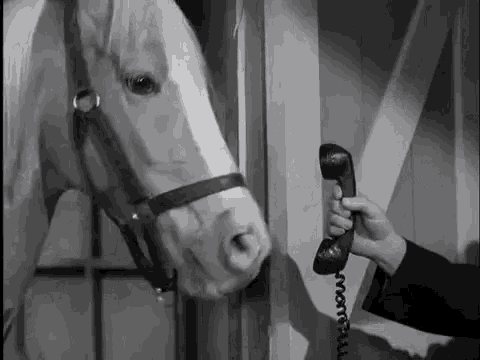Özkan Bilgin/AA
Posted on 10/03/2023 8:57:25 PM PDT by SunkenCiv
...Çavuştepe Castle is located in the Çavuştepe neighborhood on the Van-Hakkari-Iran highway in the Gürpınar District, 25 km southeast of Van. It was built in the middle of the 8th century BC by the Urartian King Sarduri II.
The first excavations in Çavuştepe Castle were carried out under the presidency of Prof. Dr. Afif Erzen and continued to be done for 25 years between 1961 and 1986 while the second-period excavations started in 2014 and have been carried out under the chairmanship of Prof. Dr. Rafet Çavuşoğlu since then...
"In our work this year, as in every year, we encountered a new discovery. We found a ring-shaped bit placed in the jaw of a horse, made of bronze. This is of significant importance in Urartian archaeology as it is the first time we have come across such an artifact. Previously, we found similar rings as armlets and bracelets on human skeletons. This new finding is of larger size and is placed in the middle of the horse’s mouth. We believe it was used by its owner to control the animal more effectively. This is the first time we have found a bit in the shape of a ring in Urartian history. It shows us the significant role horses played in Urartian society. These discoveries indicate that this place belonged to a ruling class."
...The Necropolis (Cemetery) of the castle is approximately 1 km away from the castle, located in the north. Lots of illegal excavations made here before 2017, which have greatly damaged the Urartian Cemetery. In the archaeological excavations, crucially important information about the burial customs of the Urartian society was obtained.
(Excerpt) Read more at arkeonews.net ...
I feel sorry for these horses.

Still feel sorry for the horses. Also for the people who may have endured much worse treatment.
It must have been a beloved horse to be buried like that.................
So they were working on bit technology pretty early. I can’t believe how long it took to invent the stirrup.
Maybe, but that’s not a curb bit. There’s no leverage action. It’s going to have a similar action to a wire snaffle. You can see ring bits today on the track; I have an old one, maybe 50 years old, connected to a single-joint snaffle. People who write headlines often don’t know what they’re writing about.
Sez here (wiki-wacky) the earliest evidence for something like a saddle was found in the former Assyria, dating to about 700 BC (near the end of that empire, btw). The toe-loop (early version of the stirrup) was in use as early as 200 BC, in India. My wild guess is, both ideas have been around a long time, but just haven't survived in the archaeological record (at least, so far as is known) because they were made of very perishable materials such as fabrics, maybe even woven reeds.
Horses without shoes, now they had it tough.
The horses from that early time that were buried with care were highly valued and likely had a much better life than a lot of the humans of the time...
Disclaimer: Opinions posted on Free Republic are those of the individual posters and do not necessarily represent the opinion of Free Republic or its management. All materials posted herein are protected by copyright law and the exemption for fair use of copyrighted works.